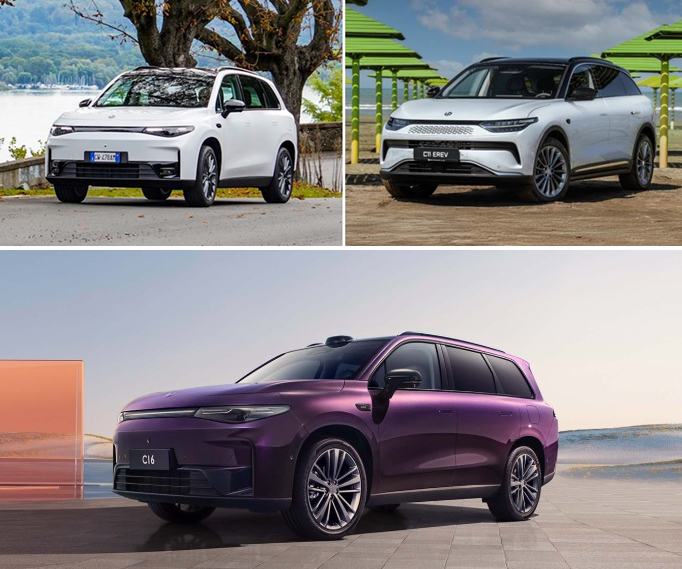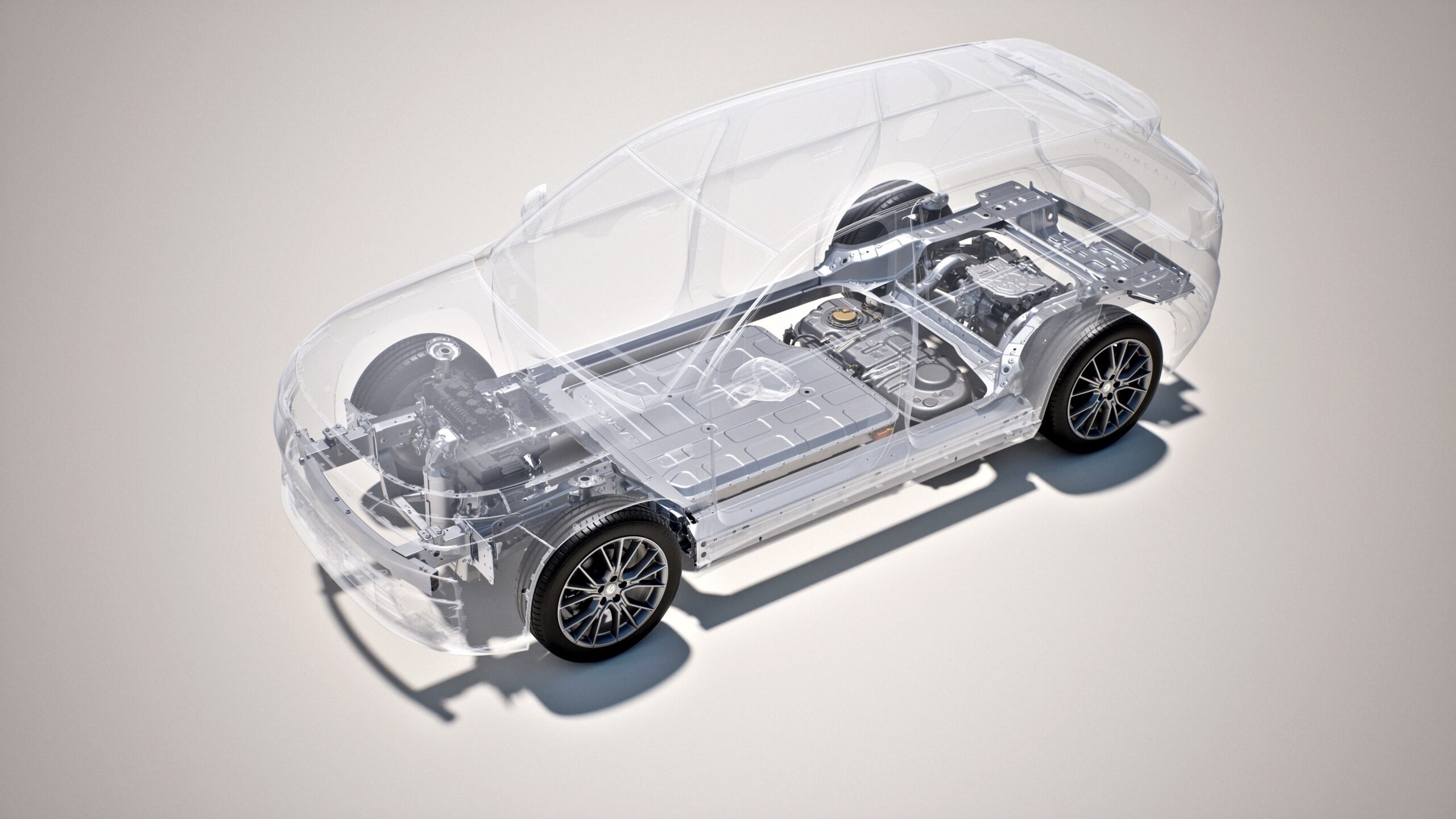It’s quite a great distance from China to Malaysia and by road, the route will cover thousands of kilometres through Indo China and Thailand. It used to be an adventure to do such a roadtrip but with many new highways and better roads in the region, it is possible to do so although it still takes many days.
Using a vehicle with a combustion engine would be fine and many trucks and lorries obviously make such long journeys daily. There are lots of stations along the way to refuel with petrol or diesel. With electric vehicles, it’s a bit more tricky but it has also been done by a group driving the Geely EX5 (the equivalent of the Proton e.MAS 7) from China to Malaysia.

From China to Malaysia
Leapmotor, a joint-venture partner of Stellantis, has also demonstrated the capability of electrified vehicles to do such a long journey. Recently, three of its SUV models – the C10, C11 and C16 – undertook a 3,000-km ASEAN Expedition Drive from Hangzhou, in China’s Zhejiang Province to Johor.
The SUVs were all Range Extender Electric Vehicles (REEVs), which have another type of electrified powertrain. With a REEV, only the electric motor drives (or pulls) the vehicle although there is also a small petrol engine. The engine (1.5 litres) is used to periodically recharge the battery pack which has a 28.4 kWh capacity, so it can be recharged quickly.
This approach gives the best of both worlds as the benefits of a fully electric vehicle can be enjoyed but there is no need for the driver to look for a charging station. He will just need to refuel with petrol periodically like a car with an engine, and there are lots of petrol stations.

Long range, low emissions
Like hybrid electric vehicles, the reduced use of the engine as well as its small displacement, means that fuel economy is greater. In the case of Leapmotor’s REEVs, the range is claimed to be up to 1,150 kms. Exhaust emissions are also lower since it is the 158 kW/320 Nm motor running all the time while the engine only runs periodically.
So the REEV offers a good transitional approach to electrification which is less costly than a fully electric vehicle. It is ideal for regions where the charging station network is limited but at least gets motorists started on electrified vehicles.
The Leapmotor team could thus do their long drive without range anxiety. They also proved the reliability and durability of the REEV technology which will probably be offered in Malaysia in future.
While in Malaysia, the team will also do a 10-day tour around the peninsular. They will stop by at various showrooms of the brand so the public can take a look at the vehicles.
![Leapmotor REEV ASEAN Expedition Drive [2025]](https://www.motaauto.com/wp-content/uploads/2025/04/Leapmotor-REEV-ASEAN-Expedition-Drive-2025-696x382.jpg)
